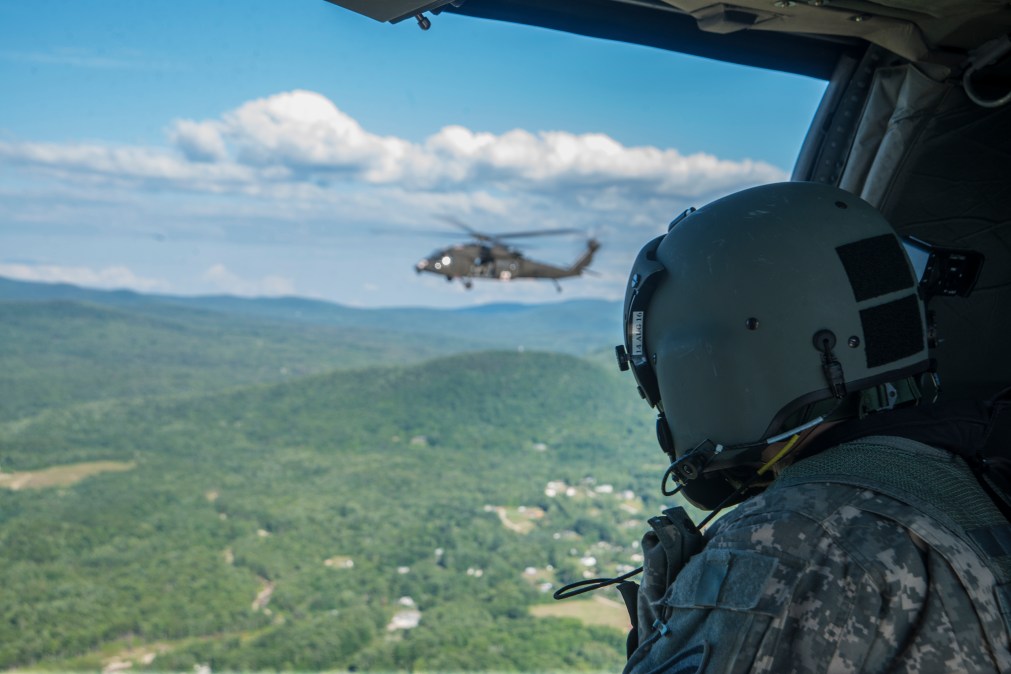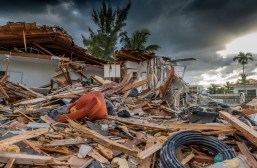Pandemic pushes JAIC to continue AI humanitarian efforts

Even as the Joint Artificial Intelligence Center expands its warfighting work, the still-growing office is still focused on several humanitarian relief projects as the coronavirus pandemic continues to disrupt life in the U.S.
The first sprint the JAIC did in response to the pandemic was to give National Guard and Northern Command service members a dashboard that could monitor supply chain shortages and panic-buying. The tools, made under the moniker Project Salus, went from “idea to code” in two weeks, according to project lead and missions director at the JAIC, Col. Robert Kinney. The project continues to grow with the JAIC planning to deliver six more models to the guard on top of the 10 already in use.
“This is has been a fantastic effort,” Kinney said Wednesday about Project Salus during the IBM Think Gov digital event, produced by FedScoop.
While the Department of Defense established JAIC ultimately to handle technology related to the battlefield, most of its early projects were lower-risk humanitarian missions like tracking wildfires.
Other humanitarian work by the JAIC includes a search-and-rescue system. The technology, in its early stages, would help search for lost members of the military and civilians both on land and at sea. Currently, search and rescue is a time-intensive manual process that uses binoculars as a principle piece of tech. Some of the process could be automated with computer vision and advanced analytics.
Project Salus might see its code be repurposed in other ways as well. JAIC spokesperson, Lt. Cmdr. Arlo Abrahamson, told FedScoop on Wednesday that separate from the national COVID-19 response, the JAIC is in talks with Indo-Pacific Command on humanitarian work inspired by Salus’s analytic capabilities.
JAIC wants “to determine if aspects of the Project Salus capability and predictive analytics could apply to potential humanitarian assistance and disaster relief missions supported by the DoD,” he said in an email.
Kinney said that the JAIC’s humanitarian assistance work is “near and dear to my heart” and a huge motivator. The JAIC recently amped up work and spending on its warfighting mission initiative and its now-departed first director said that its time to bring AI to the battlefield.
“The JAIC is a game changer and every mission area that we concentrate on has just great potential,” Kinney said.






